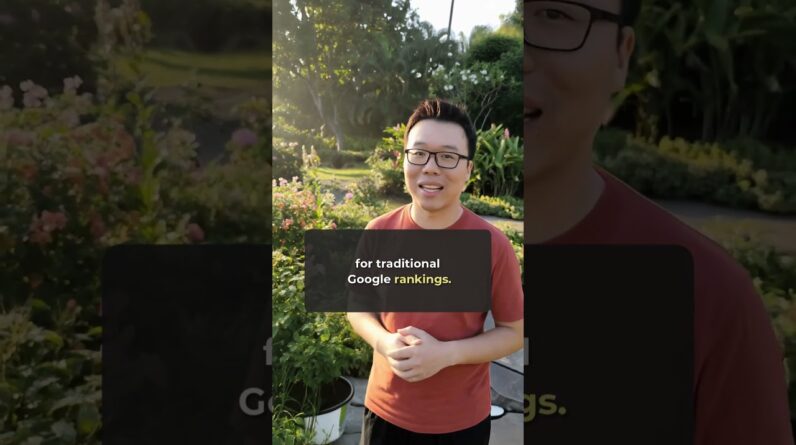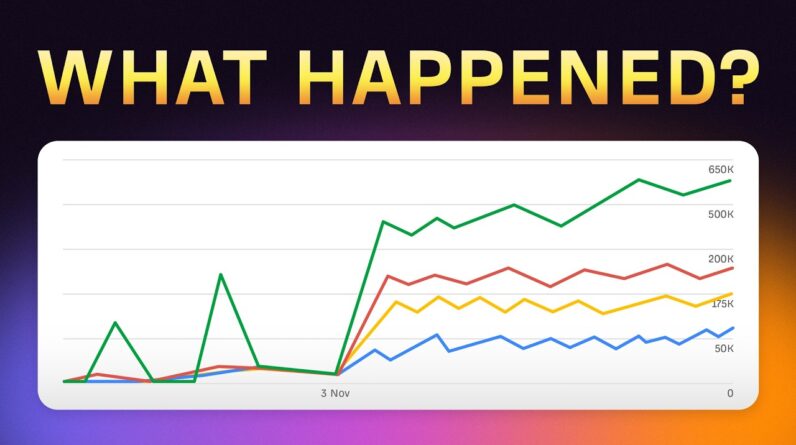
Cumulative Layout Shift (CLS) is a critical metric that assesses the visual stability of a webpage during loading. It measures how much content shifts while the page is loading. High CLS can lead to a poor user experience, causing visitors to click on the wrong elements. Addressing CLS issues is crucial for ensuring a seamless browsing experience for users.
What is Cumulative Layout Shift: A Comprehensive Review
Introduction
In today’s fast-paced digital world, website owners and developers are constantly striving to enhance user experience and improve search engine rankings. One crucial aspect of website performance that often gets overlooked is Cumulative Layout Shift (CLS). In this article, we will delve deep into the world of CLS, exploring what it is, its causes, and how to mitigate its impact on websites.
Understanding Cumulative Layout Shift
Cumulative Layout Shift, often abbreviated as CLS, refers to the unexpected shifting of webpage elements during the loading process. This phenomenon can lead to a frustrating user experience, where a visitor unintentionally clicks on the wrong button or link due to elements moving around unexpectedly.
To paint a clearer picture, imagine browsing a website when suddenly an image or text shifts, causing you to mistakenly tap on an ad or a different menu item. This is a classic example of Cumulative Layout Shift in action.
What Causes Cumulative Layout Shift?
-
Images or Videos with Unknown Dimensions: When images or videos on a webpage do not have specified dimensions, the browser may struggle to allocate sufficient space for them, resulting in layout shifts.
-
Fonts Rendering Differently: Variances in font rendering across devices and browsers can also contribute to CLS, especially when text elements resize or load inconsistently.
-
Third-Party Ads or Widgets Dynamically Resizing: External elements like ads or social media widgets that dynamically resize during page load can significantly impact layout stability.
Recommendations to Address CLS Issues
To combat the challenges posed by Cumulative Layout Shift and ensure a seamless user experience, consider the following recommendations:
- Limit the Size of Ad Placeholders: If third-party ads are causing CLS problems, restrict the placeholder size to minimize layout shifts.
- Specify Image and Video Dimensions: Always specify the dimensions of images and videos on your website to prevent unexpected shifts during loading.
- Optimize Font Loading: Streamline the font loading process by specifying fallback fonts and optimizing text rendering for consistency across devices.
Conclusion
In conclusion, Cumulative Layout Shift is a critical metric that directly impacts user experience and website performance. By understanding the causes of CLS and implementing best practices to mitigate its effects, website owners can create a more stable and user-friendly online environment.
FAQs
- Why is CLS important for SEO?: Cumulative Layout Shift is a crucial ranking factor for Google as it directly impacts user experience and page usability, influencing search engine rankings.
- How can I measure CLS on my website?: Tools like Google PageSpeed Insights and Chrome DevTools provide detailed insights into CLS metrics for individual web pages.
- What role do responsive design principles play in combating CLS?: Adhering to responsive design principles ensures that website elements adapt seamlessly to different screen sizes, reducing the likelihood of layout shifts.
- Is CLS a one-time issue or an ongoing challenge for websites?: Cumulative Layout Shift can occur intermittently due to website updates, content changes, or third-party script modifications, making it an ongoing concern for web developers.
- Can CLS impact conversion rates on e-commerce websites?: Yes, frequent layout shifts can lead to user frustration and lower conversion rates on e-commerce platforms, highlighting the importance of addressing CLS issues promptly.






